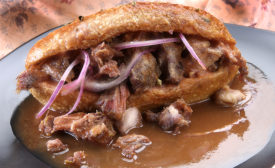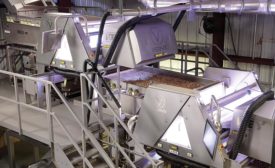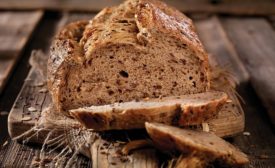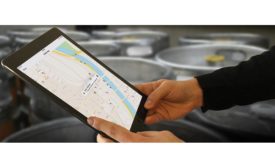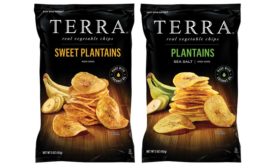Featured on Home Page
Best practices for maintaining an allergen-free snack or bakery facility
Allergen-free facilities use testing and best practices to ensure quality, safety
January 14, 2019
Improving snack and bakery edibles
Strategies for improving legal cannabis snack and bakery edibles, plus a look at trends like CBD and microdosing
January 11, 2019
New and improved belts and conveyors for snack and bakery production facilities
Snack and bakery companies seek improvements to capacity, energy efficiency and safety in their belts and conveyors.
January 9, 2019
Inspection and detection equipment reach new levels of flexibility for peak food safety
X-ray, metal detection, checkweighing and vision systems help processors ensure food safety
January 8, 2019
Top bread trends to drive category growth
Inspirations for R&D to drive growth of bread, buns, bagels and more across retail and foodservice markets
January 7, 2019
ERP software solutions strive for efficiency, clarity
ERP software is constantly changing and evolving to improve efficiency.
January 4, 2019
Keep the info flowing with our eNewsletters!
Get the latest industry updates tailored your way.
JOIN TODAY!Copyright ©2024. All Rights Reserved BNP Media.
Design, CMS, Hosting & Web Development :: ePublishing
